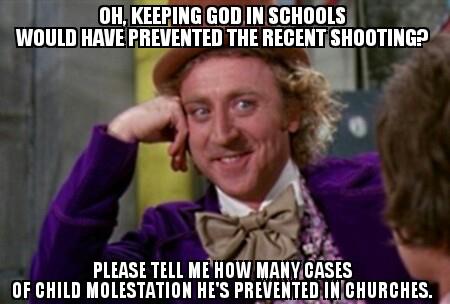Barack Obama
Related: About this forumThe State of Women in America
Cross post from GD
A 50-State Analysis of How Women Are Faring Across the Nation
The role of women in the United States has changed dramatically over the past few decades. For one, more and more women have taken on new responsibilities outside the home by joining the paid workforce. While women made up only about one-third of the workforce in 1969, women today make up almost half of all workers in the United States. Women are also stepping up to lead the country; a record number of women ran for public office in 2012, and a record-high percentage of women are serving in Congress. In addition to making progress on issues of economics and leadership, women have made progress on health issues, which impact women’s personal well-being, as well as their economic security. Over the past few years, women have been able to end gender discrimination by big insurance companies and gain free contraception coverage because of the Affordable Care Act.
Despite women’s advancements, however, substantial inequalities remain. Although an increasing number of women are either the sole breadwinner for their family or share the role with their partners, women in the United States are paid only 77 cents for every dollar a man makes. The pay gap is even larger for women of color. On average, African American women make 64 cents for every dollar that white men make. While 2012 was a watershed year for women in terms of getting elected to public office, women still comprise only 18.1 percent of Congress, despite making up more than half of the U.S. population. They also face challenges on health issues, as 2012 saw continued conservative efforts to erode women’s ability to make their own decisions about their health and well-being.
A deeper examination shows that disparities for women also exist among states. Women in Vermont, for example, make on average close to 85 cents for every dollar a man makes, while women in Wyoming make only 64 cents—more than 25 percent less than women in Vermont. On leadership, 15 states have no female elected leaders in the House of Representatives or the Senate. Lastly, while less than 10 percent of women in Vermont, Wisconsin, Hawaii, and Massachusetts are uninsured, nearly 25 percent of women in Texas do not have health insurance.
More.
http://www.americanprogress.org/issues/women/report/2013/09/25/74836/the-state-of-women-in-america/
Cha
(307,161 posts)digest..
From your link..
"Our analysis determined that on matters of economics, leadership, and health, women, on average, fare the best in Maryland and the worst in Louisiana. More than 22 percent of women in Louisiana are in poverty, compared to 11 percent of women in Maryland. Additionally, taking in all of the leadership factors considered, Maryland ranks first in the nation in terms of women reaching leadership positions in the public and private sector. Meanwhile, Louisiana receives a D- on overall leadership factors."
I wish the Women in those states that are so disparaging to women could actually take heart and know that it could be better if they had better leaders/legislators who were voted into power.
Warpy
(113,131 posts)like the Southern Baptists to think about helping themselves by ousting the oh-so-pious Republicans.
Cha
(307,161 posts)brainwashed too many to vote against themselves in favor of fat corps.
Do those outlets get get a kickback?
hopemountain
(3,919 posts)and single parenting, education, etc.
but, the greatest of these is cultural misogyny - it takes a very strong woman to escape these shackles because it oftentimes includes being ostracized/alienated or even beaten by their families. i witnessed this struggle amongst religious sects, hmong, afghani, russian, turkish, american indian, latino, vietnamese, and other first, second, & 3rd generation immigrant women.
Isoldeblue
(1,135 posts)The dogmas of organized religion have misogamy as their main creed.
It was because of being brought up in a strict, dogmatic organized religion that turned me into an agnostic in my late teens to my late twenties. It was a long journey to discover what real spirituality is and a my own personal relationship with God.
But you won't be seeing me darken the door of a church, anytime soon.

